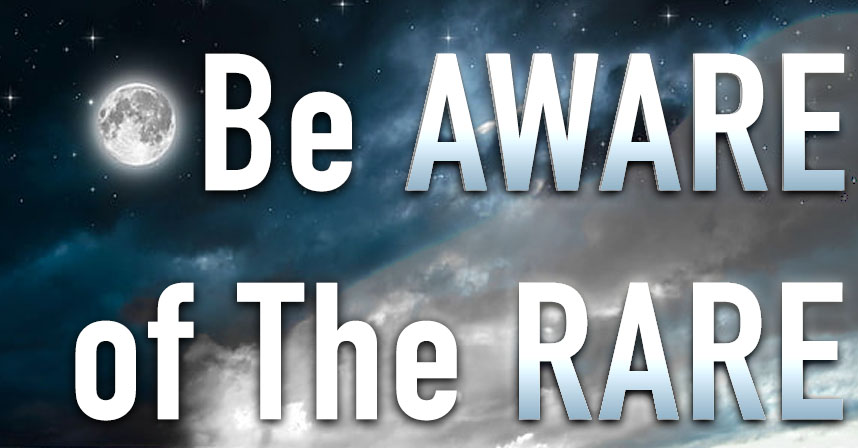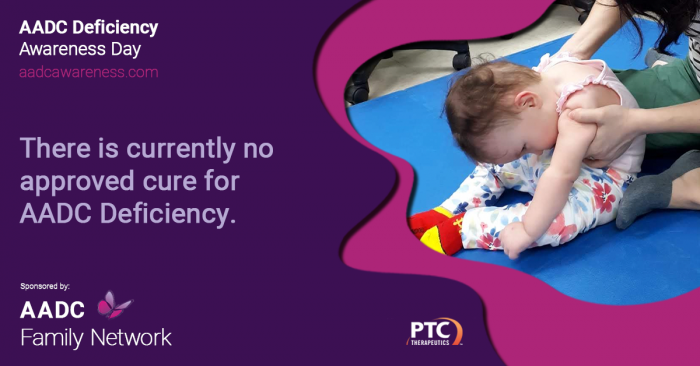Improving Awareness for AADC Deficiency Happens by Working Together
Written by |

Richard E. Poulin III
When I first became concerned that my daughter Rylae-Ann wasn’t reaching her developmental milestones, and that her limbs and eyes were moving strangely, I took to the internet to try to figure out what was happening. I came across an article about a young girl in Canada with similar symptoms.
I stopped reading the article when it noted that the girl had a rare disease that affected 130 people worldwide. No way my daughter has this ultra-rare disease, I remember thinking as I closed the tab.
Rare is more common than you think
A study published in 2012 put the number of l-amino acid decarboxylase (AADC) deficiency cases around the world at about 100. With greater awareness and more testing and research, this figure is likely to be revised, even though case numbers are sure to remain extremely low.
AADC deficiency is rare, but it is not the only rare disease. The National Organization for Rare Disorders (NORD) provides information about more than 1,200 rare diseases, and the National Institutes of Health estimates that around 7,000 rare diseases affect more than 25 million people in the U.S. alone. That comes to about 1 out of 10 Americans with a rare disease.
Together, we are not so rare after all, which gives us a much greater voice than we have alone.

Winnie the Pooh makes for a good nap buddy for Rylae-Ann Poulin. (Courtesy of Richard E. Poulin III)
Raising awareness
Our voice is important because 95% of rare diseases have no treatment, according to NORD. One significant barrier to treatment for rare diseases is because they don’t receive much funding for research. This is understandable — researchers and pharmaceutical companies must naturally focus on diseases that afflict a higher number of people rather than those affected by AADC deficiency or some other rare illnesses. Conducting research and developing treatments are expensive, and researchers must show results for their efforts.
But those of us affected by AADC deficiency are part of a much larger community.
When an estimated 300 million people with rare diseases from around the world stand united, we can demand that more attention be given to rare diseases. This will result in improved diagnoses and fewer misdiagnoses, and more funding for innovative research. We are greater together than we are confined to our individual acronyms. Rethinking our approach — sharing information and collaborating — is already leading to scientific advancements.
AADC Awareness Day
AADC Deficiency Awareness Day is Oct. 23. This will be the second awareness day event for AADC since it was established by the AADC Family Network in 2020. This year’s awareness day will include a Facebook virtual event on Oct. 22 that welcomes anyone interested in learning more about AADC deficiency and treatment breakthroughs in gene therapy.
Giving attention to this small community brings awareness to our larger rare community.
***
Note: AADC News is strictly a news and information website about the disease. It does not provide medical advice, diagnosis, or treatment. This content is not intended to be a substitute for professional medical advice, diagnosis, or treatment. Always seek the advice of your physician or other qualified health provider with any questions you may have regarding a medical condition. Never disregard professional medical advice or delay in seeking it because of something you have read on this website. The opinions expressed in this column are not those of AADC News or its parent company, Bionews, and are intended to spark discussion about issues pertaining to aromatic l-amino acid decarboxylase deficiency.







Leave a comment
Fill in the required fields to post. Your email address will not be published.